Every dog parent has wondered about it at some point. You’re standing there on the sidewalk, poop bag in hand, thinking: Is my dog pooping too much? Not enough? Is there such a thing as the perfect poop schedule?
Dogs keep us guessing. One day it’s a single, majestic morning deposit. The next, you’re back outside three times before lunch wondering if you should start tracking bathroom breaks like a science experiment.
Here’s the truth: there’s a wide “normal” range, and figuring out where your pup falls can save you stress, vet calls, and unnecessary Googling.
This guide will break down what counts as healthy, what factors matter, and when a change in routine should actually raise an eyebrow.
The General Rule
Most healthy dogs poop 1 to 3 times a day. That’s the sweet spot vets see most often, and it usually lines up with their meals and daily activity.
But here’s the kicker: “normal” isn’t the same for every dog. Some pups are once-a-day minimalists, others are three-times-before-breakfast overachievers. As long as the poop itself looks healthy (firm, brown, easy to pick up) your dog’s frequency is probably fine.
Consistency matters more than the actual number. If your dog usually goes twice a day and suddenly drops to none, or jumps up to five, that’s when it’s worth paying closer attention.
Factors That Affect Poop Frequency
Your dog’s bathroom rhythm depends on many things. Every pup follows their own pace, and that pace can shift over time. Here are the main factors that shape how often they poop.
1. Diet Quality
Food quality has the biggest impact on how much and how often your dog poops.
Kibble packed with corn, soy, or by-products creates bulkier stool because the body cannot digest much of it.
Organic foods with lean protein, quality grains, or limited ingredients give the body more usable nutrients, which means less waste overall.
High-fiber diets (like those with pumpkin or brown rice) can add bulk and encourage more frequent poops.
Low-fiber diets may slow things down.
Treats also count. Too many rich snacks or table scraps can throw the whole system off balance.
2. Meal Schedule
Dogs thrive on routine, and digestion follows the same pattern.
Feeding at consistent times gives their body a clear rhythm to follow. Many dogs need to poop 20–30 minutes after eating because the stomach signals the intestines to move things along.
Dogs fed at random times often develop unpredictable bathroom habits.
Smaller, more frequent meals can create more frequent poops, while two bigger meals often result in one or two predictable trips outside.
3. Age
Puppies digest quickly and eat multiple times a day, which means frequent poops, sometimes after every single meal or play session.
As they grow into adulthood, their metabolism evens out and most settle into one to three poops per day.
Senior dogs often experience slower digestion, weaker muscles, or age-related conditions that affect bathroom habits. That can mean more urgent trips or occasional accidents.
Age also affects tolerance for certain foods, which can change poop frequency.
4. Activity Level
Movement stimulates digestion.
A long walk, a run at the park, or even a short game of fetch can speed up bowel movements. Many dogs wait until they’re outside and moving before they poop, which explains why the first 10 minutes of a walk often turn into cleanup time.
Couch-potato dogs may poop less often simply because their body is moving less. Active dogs tend to stay more regular.
5. Health and Sensitivities
Health issues and sensitivities play a huge role in poop patterns.
Food intolerances, allergies, parasites, or infections can cause frequent poops, loose stool, or sudden changes in schedule.
Stress has the same effect. Some dogs poop more during storms, fireworks, travel, or even when a new guest comes into the house.
Medications can also change bathroom habits, especially antibiotics that disrupt gut bacteria.
When to Be Concerned about Your Dog’s Poop Frequency
Poop frequency only matters when it suddenly shifts or comes with other warning signs. Here are the red flags to watch for:
- More than four or five times a day, every day. That often signals the food isn’t sitting well or the gut is irritated.
- Skipping days. Dogs should poop daily. Missing a day or two points to constipation or another blockage.
- Straining or discomfort. If your dog hunches, cries, or struggles to go, something’s wrong.
- Watery or very loose stool. Diarrhea dehydrates dogs quickly and deserves attention if it lasts more than a day.
- Blood or mucus. Both are clear signs to call the vet.
Staying alert to these changes helps you catch problems early and keeps your dog healthier in the long run.
How to Keep Things Regular
A steady routine keeps your dog’s digestion on track and makes bathroom breaks easier to predict. Here’s what helps most:
- Feed a consistent, high-quality diet: Good food goes a long way. Fillers go in, fillers come out, sometimes in quantities you’d rather not deal with. Stick with nutrient-rich options and your cleanup duty gets a lot more manageable.
- Stick to regular mealtime: Dogs love a schedule almost as much as they love begging for snacks off yours. Feed them at the same times each day and their bathroom breaks will usually follow like clockwork.
- Provide daily exercise: Exercise routine keeps digestion active. A long walk, a round of fetch, or even a good case of the zoomies often ends with a squat-and-go moment. If your dog is saving up a poop for the park every time, congratulations, you’ve got a very consistent walking buddy.
- Keep them hydrated: Water helps everything flow better, including digestion. A thirsty dog often means a constipated dog, and nobody wants that.
- Add fiber when needed: A little pumpkin, oats, or vet-approved fiber can work wonders. Too much, though, and you’ll be testing the limits of how many poop bags one person can carry.
-
Consider probiotics: These little gut helpers keep bacteria balanced and digestion steady. Think of them as tiny cheerleaders for your dog’s poop schedule.
When food, water, activity, and routine are all lined up, bathroom breaks become predictable, healthier, and a whole lot less stressful.
What Healthy Dog Poop Looks Like
Frequency tells part of the story, but the poop itself says even more about your dog’s health. A “good” poop has a few clear traits:
Color
Healthy poop is usually chocolate brown. Other shades can point to issues: black may mean digested blood, green can show grass or bile, grayish or pale stool may signal liver or pancreas trouble.
Shape
Normal poop holds its form. Think log-shaped, not puddles or pellets.
Consistency
It should be firm enough to pick up easily but soft enough that it doesn’t crumble into dust. A scale vets sometimes use goes from 1 (hard little pebbles) to 7 (watery diarrhea). Healthy dogs usually sit around 2-3.
Size
Poop size often reflects food quality. Lots of fillers in food create bulky poops, while nutrient-rich meals create smaller, denser ones.
Checking your dog’s poop might not be glamorous, but it gives you one of the clearest windows into their overall health.
Cleanup Made Easier
Picking up after your dog matters. It keeps your neighborhood clean, prevents parasites from spreading, and shows respect for everyone sharing the space. Here’s how to make it less of a chore:
- Always carry bags: Pet-specific bags are leak-resistant, thicker, and easier to tie off than thin grocery bags. Keep extras on your leash, in your car, or in your jacket pocket.
- Double-bag messy stools: Soft or watery poop can seep through. Two layers save you from mid-walk disasters.
- Use disposable gloves if needed: They give you extra protection when the situation is messy or you’re dealing with multiple dogs.
- Keep pet-safe cleaners at home: Enzymatic sprays work on carpets and floors, breaking down stains and odors instead of covering them up.
- Try scooping systems for the yard: PooPail, for example, combines a scoop, sealed bin, and liners in one system. Built for outdoor use, it locks in odor, holds waste for days, and saves you from constant trips to the trash. Perfect for dog parents with yards or dogs that poop often.
Cleanup may never be glamorous, but with the right routine and the right tools it becomes a quick, no-stress part of the day.
Conclusion
Every dog has their own bathroom rhythm. Some go once a day, others a few times more, and both can be perfectly healthy. What matters most is consistency: knowing your dog’s normal routine and spotting changes early. Pair that with good food, exercise, and hydration, and you’ll keep their digestion (and your peace of mind) steady.
Healthy dog, clean yard and stress-free walks are more than a reality now.
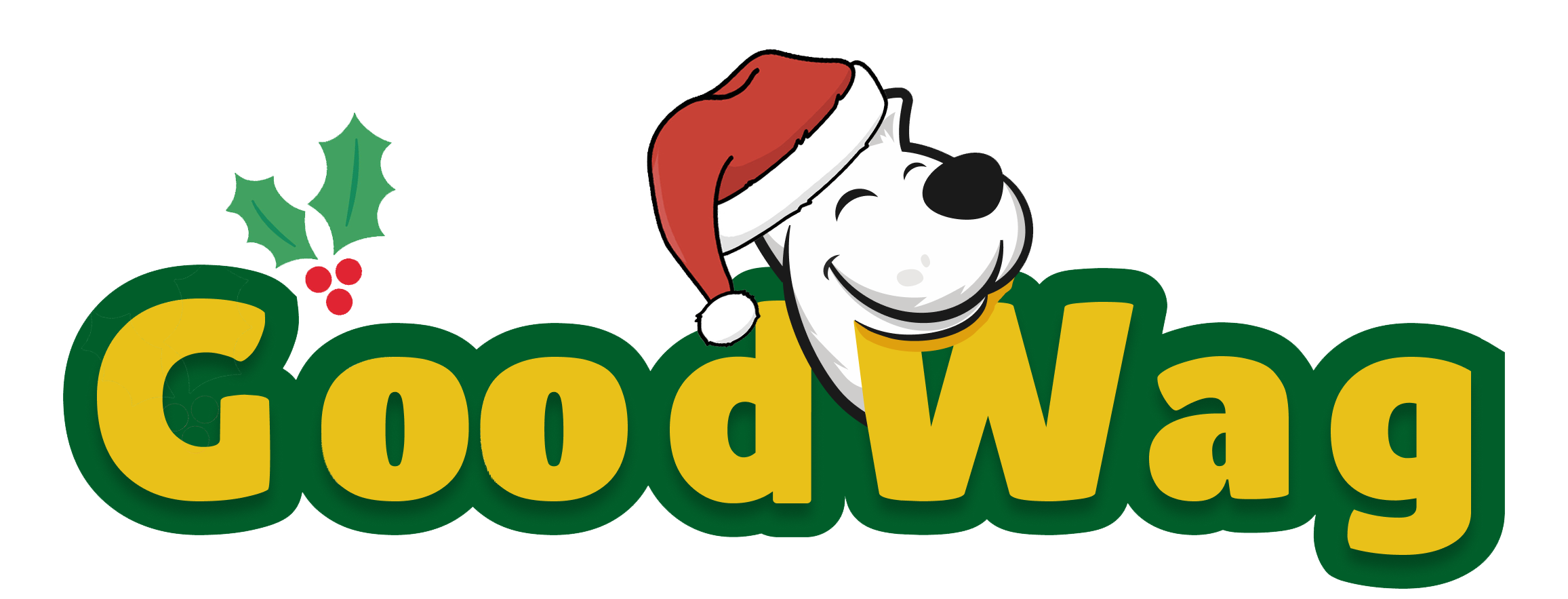
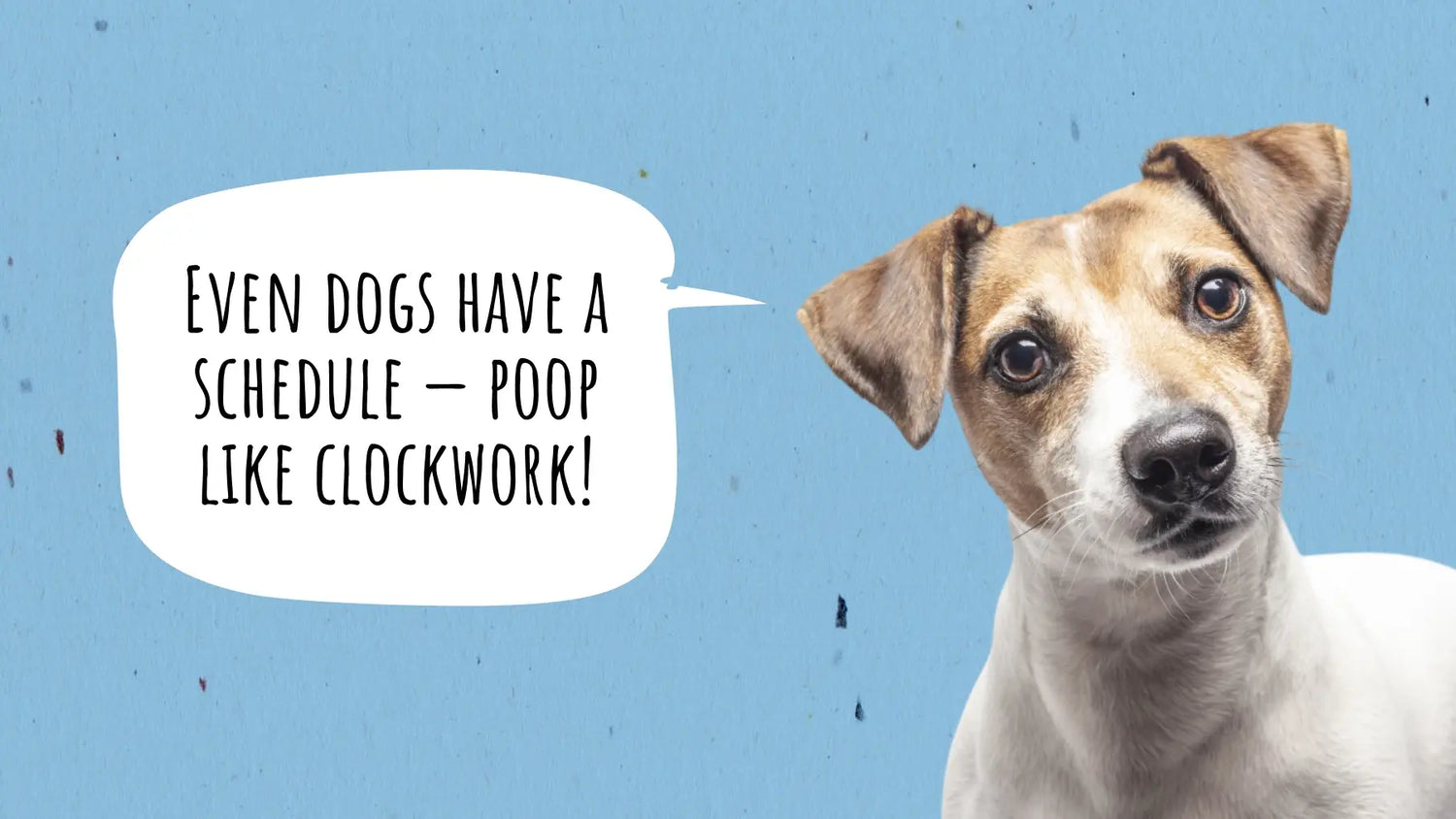
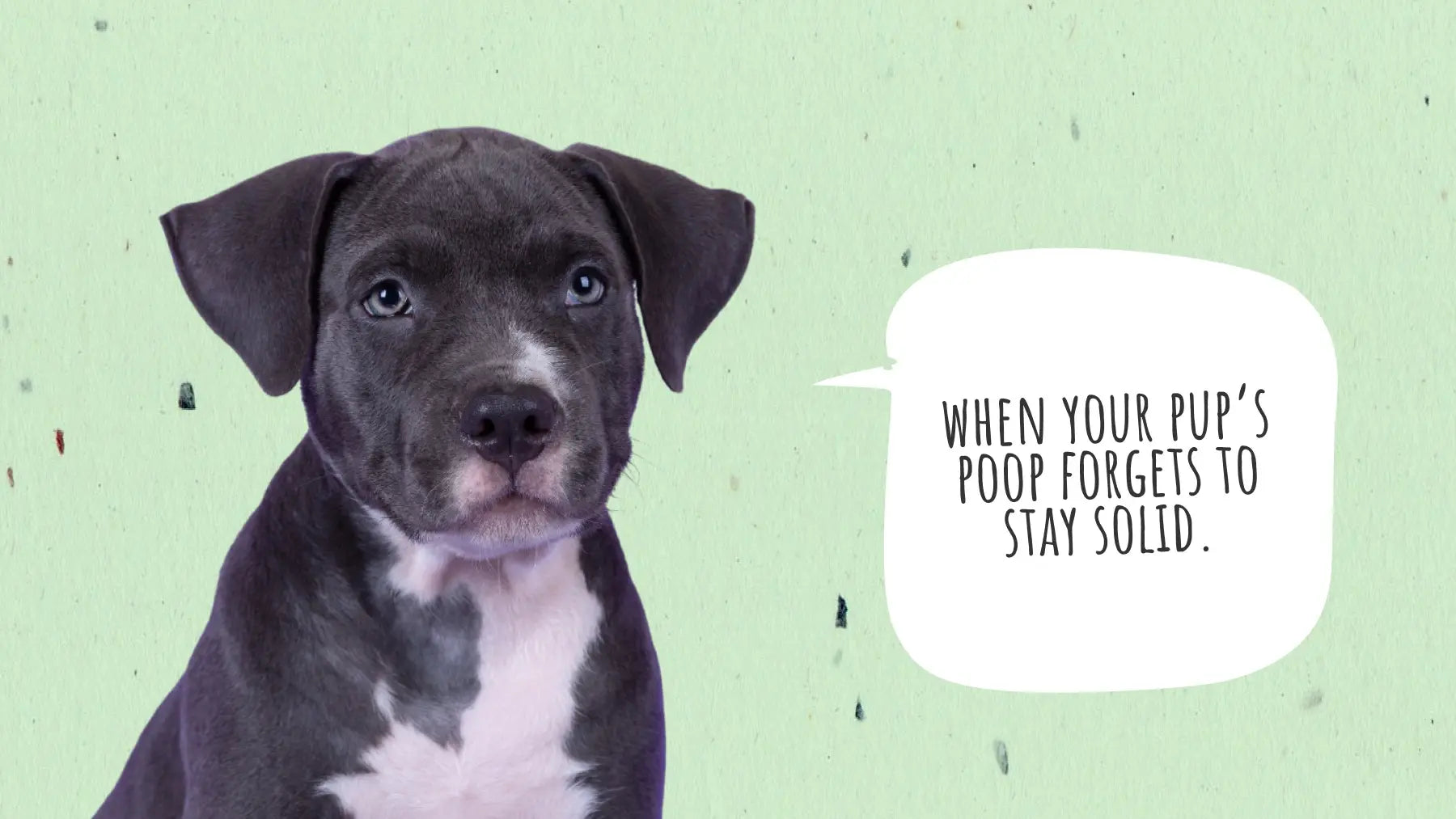
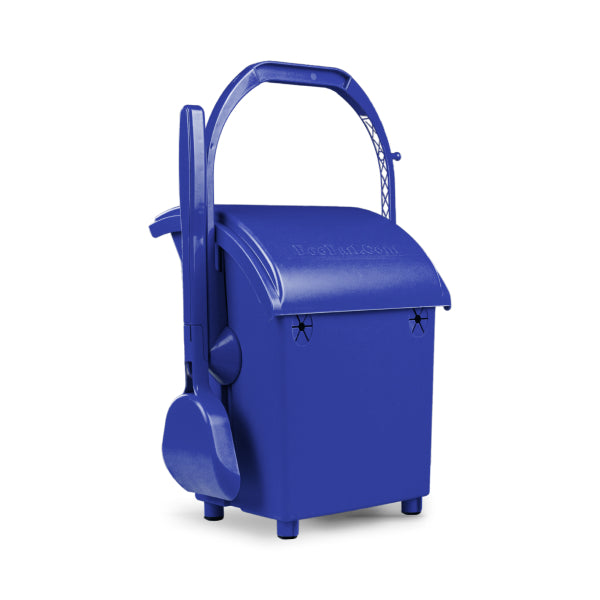
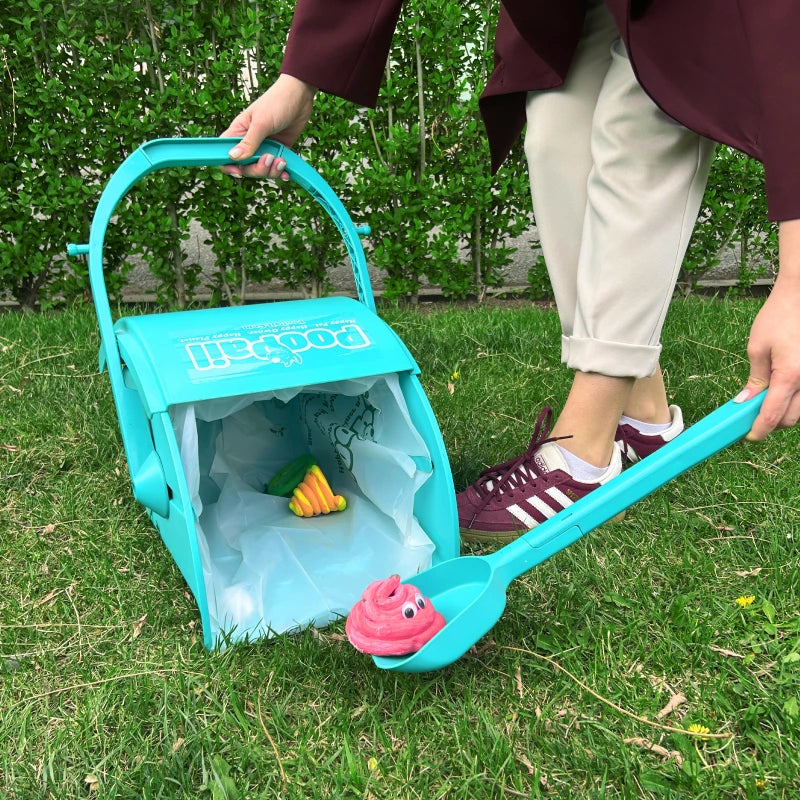
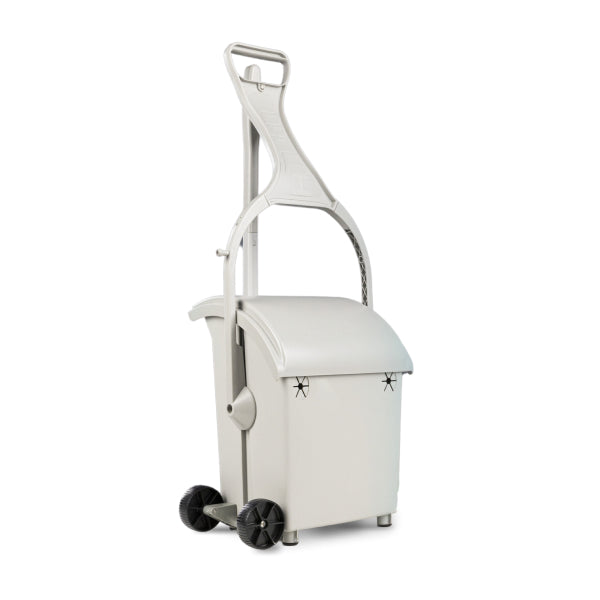
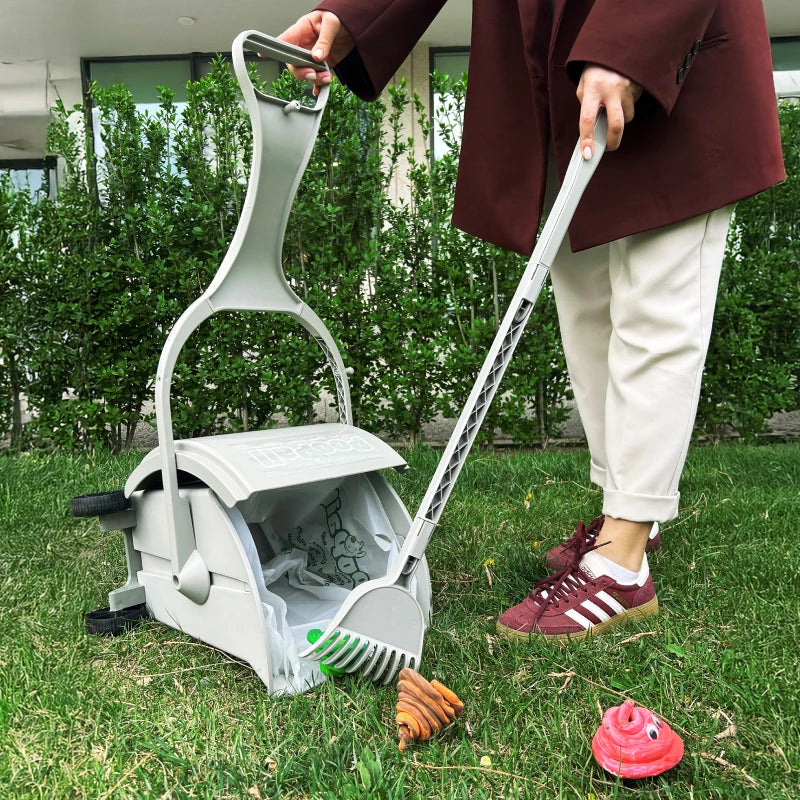
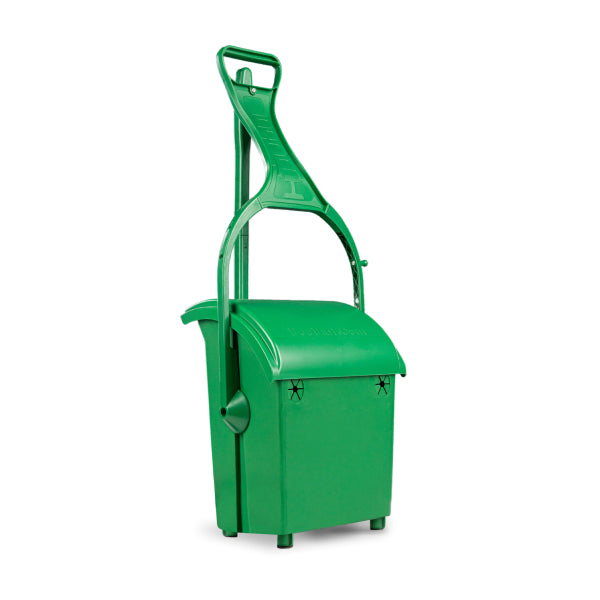
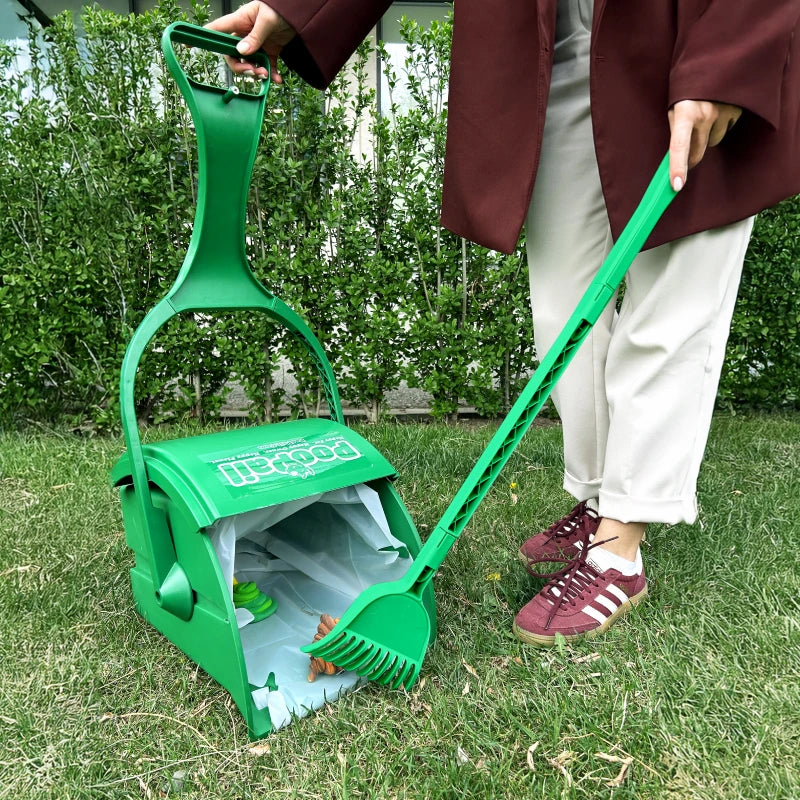
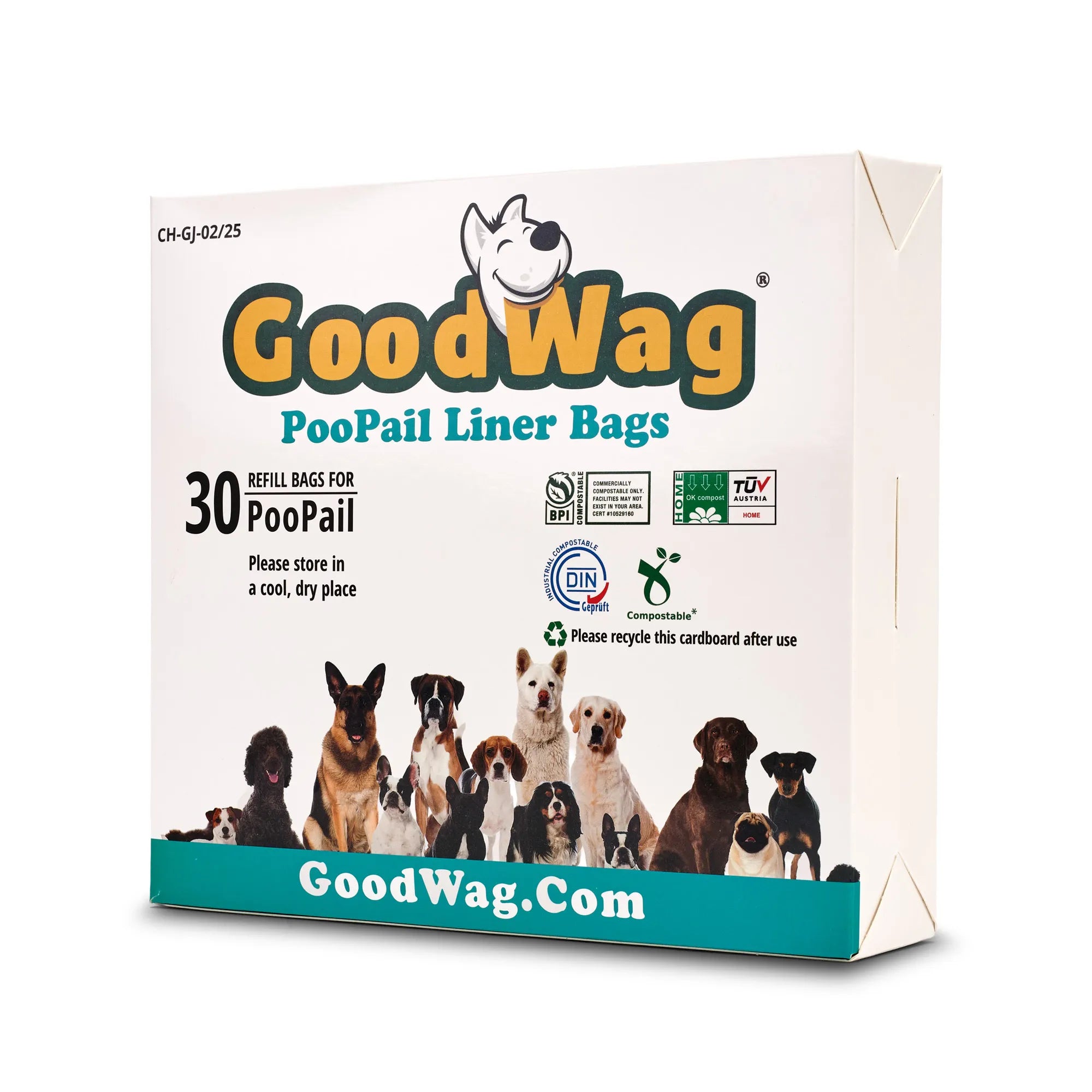
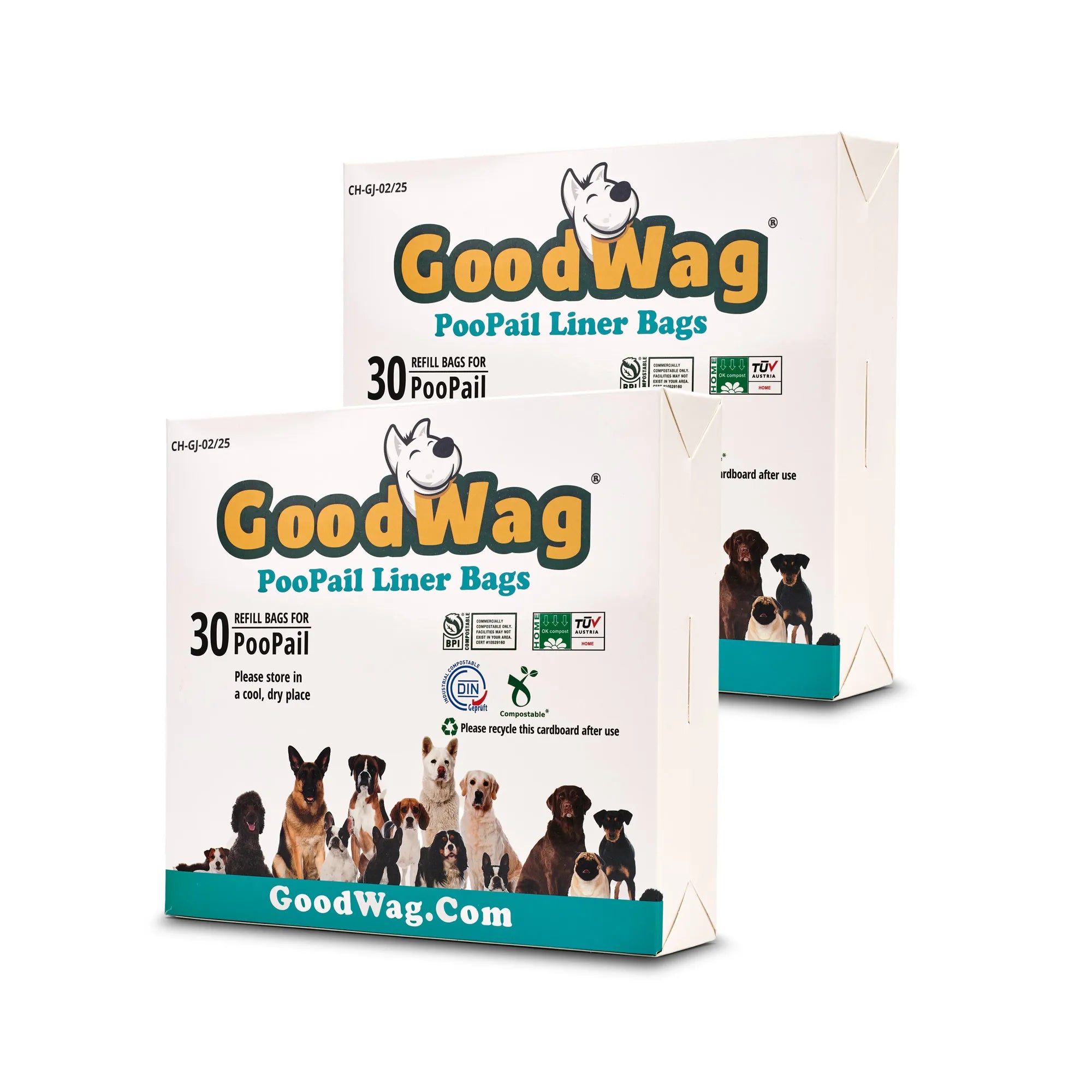
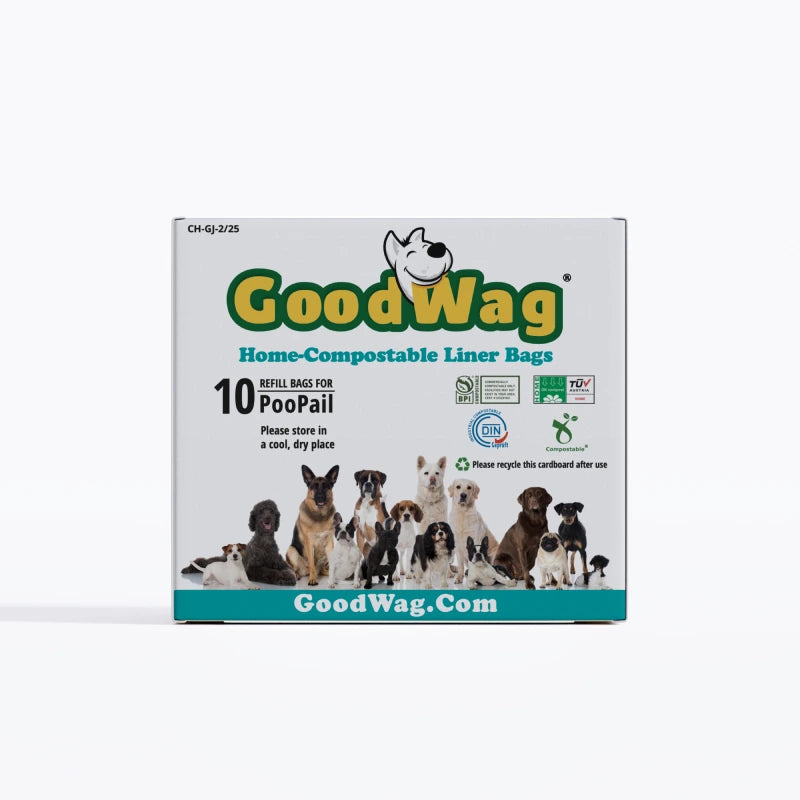
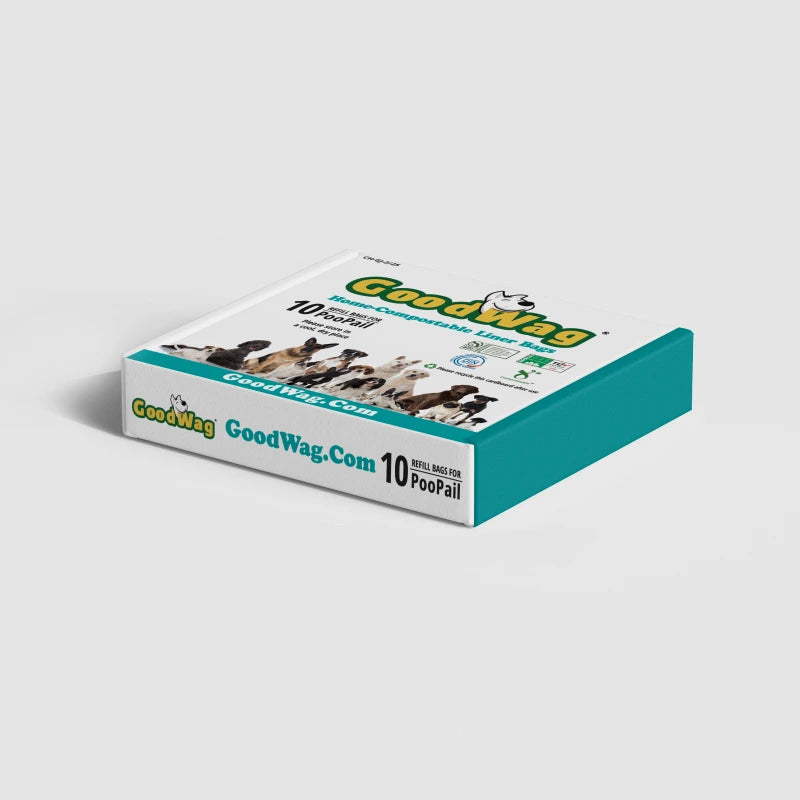
Leave a comment
This site is protected by hCaptcha and the hCaptcha Privacy Policy and Terms of Service apply.